

MAP OF THE BOOK
1 PEOPLE
Reading 1: A profile of a famous person (Communications)
Reading 2: A very tall man! (Anthropology)
2 SEASONS
Reading 1: An article about the weather in a city (Geography)
Reading 2: Cuban climate and weather (Meteorology)
3 LIFESTYLE
Reading 1: Life under the midnight sun (Anthropology)
Reading 2: Student timetable (Sociology / Education)
4 PLACES
Reading 1: A holiday in New Zealand (Travel)
Reading 2: The Maldives (Geography)
Fishermen
Key reading skill:
Previewing a text
Additional skills:
Understanding key vocabulary
Scanning to find information
Reading for detail
Understanding key vocabulary
Synthesizing
Outdoor activities in winter
Key reading skill: Scanning to find information
Additional skills: Using your knowledge
Understanding key vocabulary
Reading for detail
Previewing
Synthesizing
Life on the Reloncavi Estuary in Chile
The cenotes of Mexico
Key reading skill: Annotating a text
Additional skills: Using your knowledge
Previewing
Understanding key vocabulary
Reading for main ideas
Reading for detail
Scanning to find information
Synthesizing
Key reading skill: Reading for main ideas
Additional skills: Understanding key vocabulary
Previewing
Annotating
Scanning to find information
Reading for detail
Using your knowledge
Synthesizing
Family vocabulary
Vocabulary for climate, weather and seasons
Collocations for daily activities
Vocabulary for study
Vocabulary for places
GRAMMAR
Nouns and verbs
Grammar for writing:
Subject pronouns
The verb be Possessive adjectives
CRITICAL THINKING
Collecting information
Nouns and adjectives
Noun phrases
Grammar for writing: Prepositional phrases
Time expressions
Grammar for writing:
Parts of a sentence
The present simple
Categorizing information
Noun phrases with of Grammar for writing: There is / There are Articles
Choosing relevant information
WRITING
Academic writing skill:
Writing simple sentences:
• subject + verb
• capital letters
• full stops
Writing task type: Write descriptive sentences
Writing task: Write a profile of your family.
Academic writing skills:
Word order: subject–verb–adjective
Punctuation:
• capital letters
• commas
Writing task type: Write descriptive sentences
Writing task:
Write about the weather in your city or town.
Academic writing skill:
Main ideas and details
Writing task type: Write descriptive sentences
Writing task:
Write about the life of a student in your class.
Classifying topics and key words
Academic writing skills:
Spelling and punctuation: capital letters
Paragraph structure: topic sentences
Writing task type:
Write a descriptive paragraph
Writing task: Write facts about your country.
5 JOBS
Reading 1: Find_my_job.com (Business and management)
Reading 2: Job emails (Business and management)
6 HOMES AND BUILDINGS
Reading 1: Architect’s world: expert interview (Architecture)
Reading 2: Airports (Architecture)
7 FOOD AND CULTURE
Reading 1: Tea: A world history (History)
Reading 2: Ten of the best by cuisine (Hospitality management)
8 TRANSPORT
Reading 1: Transport survey (Transport and logistics)
Reading 2: Transport in Bangkok: Report (Urban planning)
Utah’s Bingham mine
Key reading skill: Reading for detail
Additional skills: Using your knowledge Previewing
Understanding key vocabulary Scanning to find information
Reading for main ideas
Synthesizing
Living in Singapore
Key reading skill: Predicting content using visuals
Additional skills: Using your knowledge
Understanding key vocabulary
Scanning to find information
Reading for main ideas
Reading for detail
An international baking competition
Electric transport
Key reading skills: Skimming Taking notes
Additional skills: Using your knowledge
Understanding key vocabulary
Reading for main ideas
Reading for detail
Scanning to find information
Previewing
Synthesizing
Key reading skill: Working out meaning from context
Additional skills: Previewing
Understanding key vocabulary Skimming
Scanning to find information
Reading for detail
Using your knowledge
Reading for main ideas
Synthesizing
Vocabulary for jobs
Vocabulary for buildings
Vocabulary for food and drink
Transport collocations
GRAMMAR
Adjective phrases
Grammar for writing: Must and have to The pronoun you
CRITICAL THINKING
Analyzing and evaluating opinions
WRITING
Academic writing skills:
Joining sentences with and:
• simple sentences
• compound sentences
Writing an email
Writing task type: Write an email
Writing task: Write an email about a job.
Pronouns
Adjectives
Grammar for writing:
Comparing quantities
Comparative adjectives
Countable and uncountable nouns
Can and cannot
Grammar for writing:
Subject–verb agreement
Determiners: a, an and some
Analyzing data
Superlative adjectives
Quantifiers
Grammar for writing:
Subject–verb–object
Linking sentences with pronouns
Generating ideas
Academic writing skills:
Compound sentences with but Spelling: double consonants
Supporting sentences
Writing task type:
Write a comparative paragraph
Writing task:
Write a comparison of two buildings.
Academic writing skills: Error correction
Concluding sentences
Writing task type:
Write a descriptive paragraph
Writing task:
Write about popular food in your country.
Collecting and analyzing data
Academic writing skill:
Giving reasons with because and results with so
Writing task type:
Write an explanatory paragraph
Writing task: Write a paragraph explaining the results of a survey about transport.

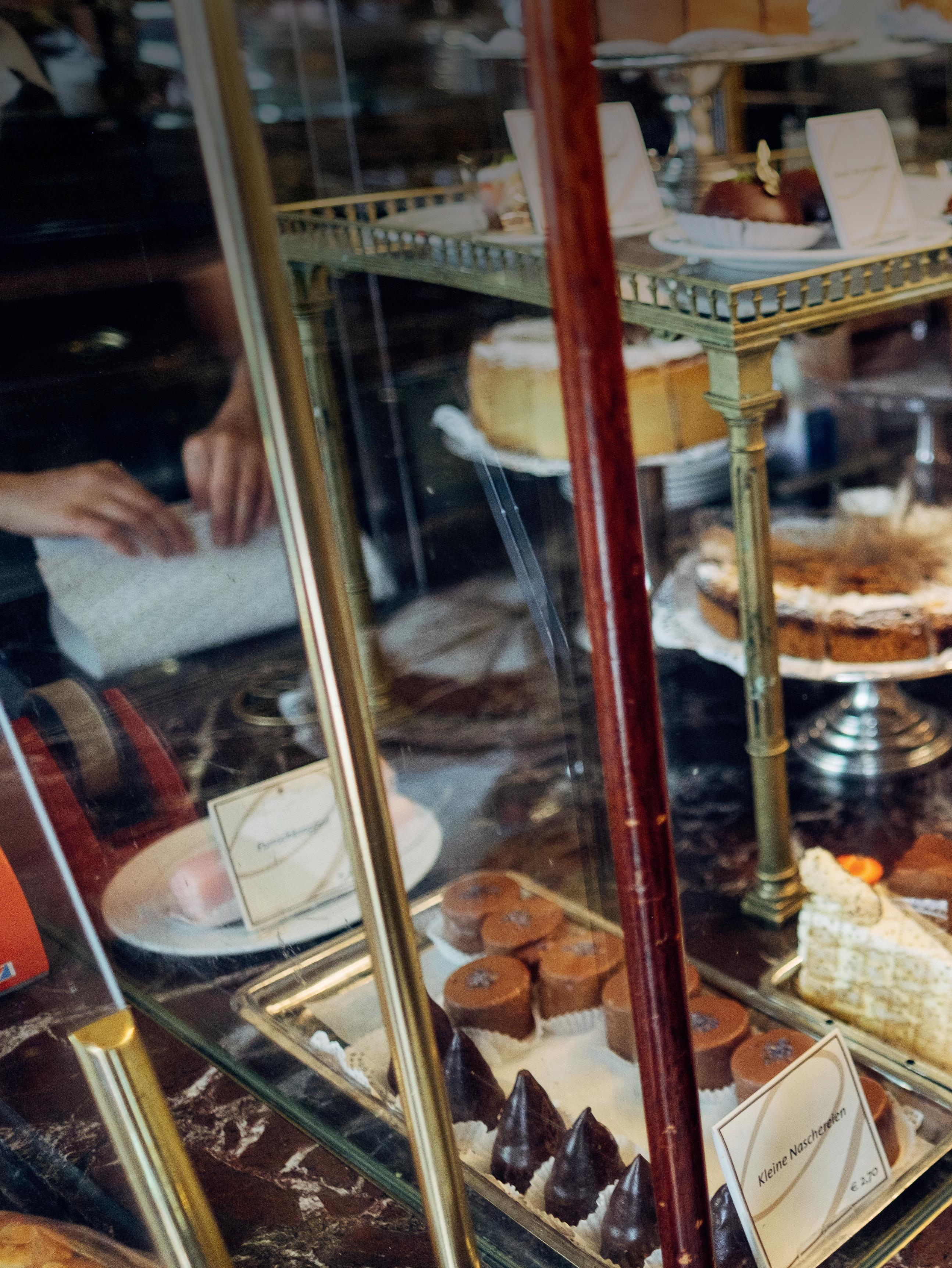
UNIT7 LEARNING
OBJECTIVES
Watch and listen
Watch and understand a video about an international baking competition.
Reading skill
Skim a text; take notes.
Critical thinking Generate ideas.
Grammar
Use countable and uncountable nouns; use can and cannot; use subject–verb agreement; use determiners a, an and some
Academic writing skills
Understand error correction marks; write concluding sentences.
Writing task
Write about popular food in your country.
FOOD AND CULTURE
YOUR KNOWLEDGE
Look at the photo. Ask and answer the questions with a partner.
1 Where is the boy?
2 What is he thinking?
3 Do you like cakes and biscuits? Why / Why not?



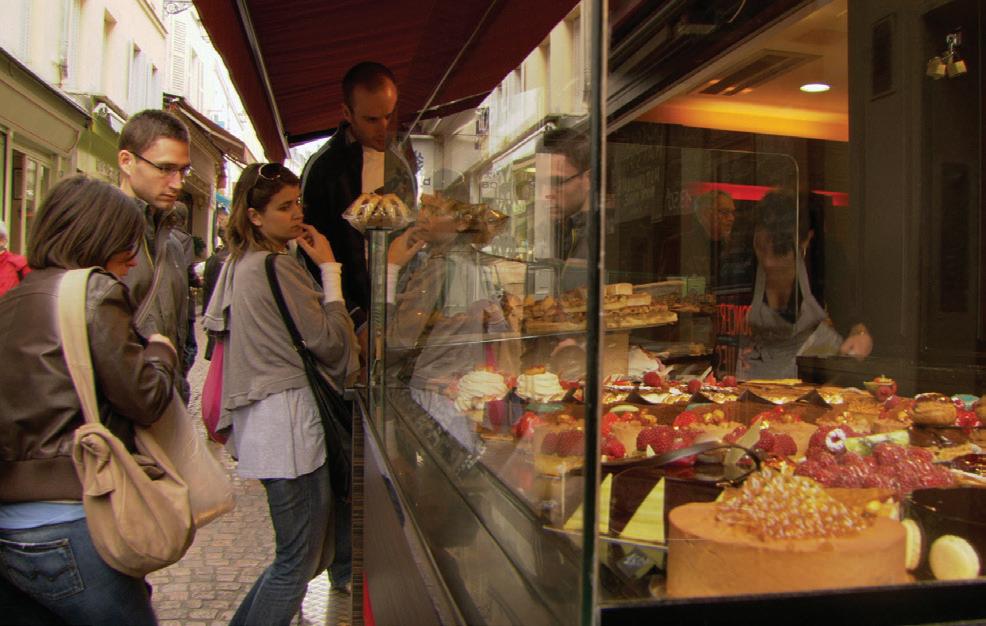
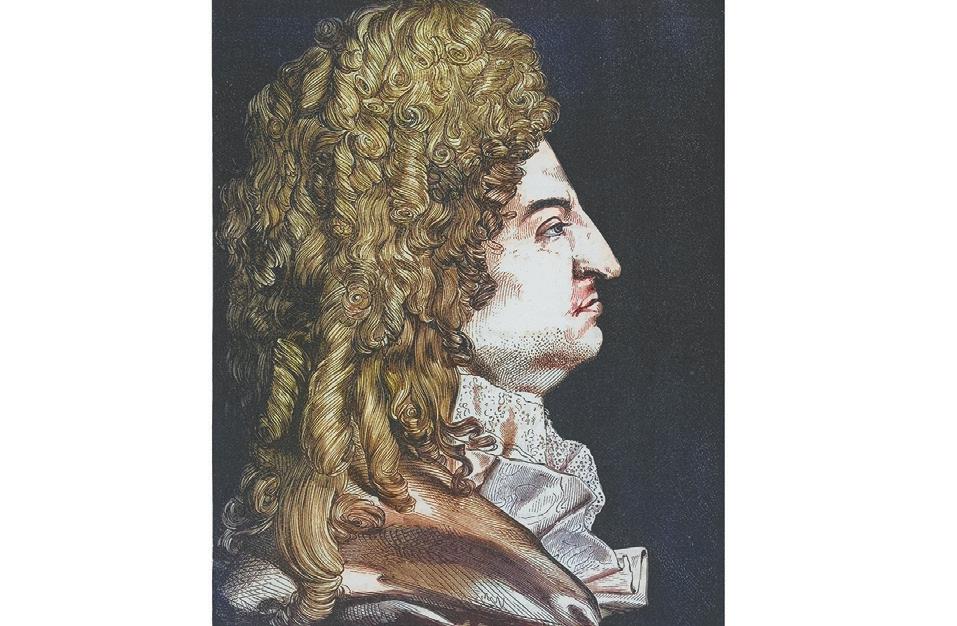

PREPARING TO WATCH
ACTIVATING YOUR KNOWLEDGE PREDICTING CONTENT FROM VISUALS
1 Work with a partner and answer the questions.
1 What kind of sweet foods do you like eating?
2 How often do you eat these foods?
3 What are popular sweet foods in your country?
2 Look at photos (1–4). Work with a partner. Talk about what you see in each photo.
3 Match the photos (1–4) to sentences (a–d) from the video.
a More than 250 years ago, the kings and queens of France asked their chefs to make special desserts.
b It’s a team competition.
c Walk down any shopping street in France, and you will see a patisserie.
d The best pastry chefs from around the world meet here in Lyon.
GLOSSARY

pastry (n) a small sweet baked cake
dessert (n) sweet food that is eaten after the main part of a meal chef (n) somebody who is the main cook in a restaurant
delicious (adj) food that smells or tastes extremely good
competition (n) an organized event in which people try to win a prize by being the best fan (n) somebody who admires and supports a famous person or sport
sculpture (n) a piece of art that is usually made from wood or stone judge (n) somebody who decides which person or thing wins a competition



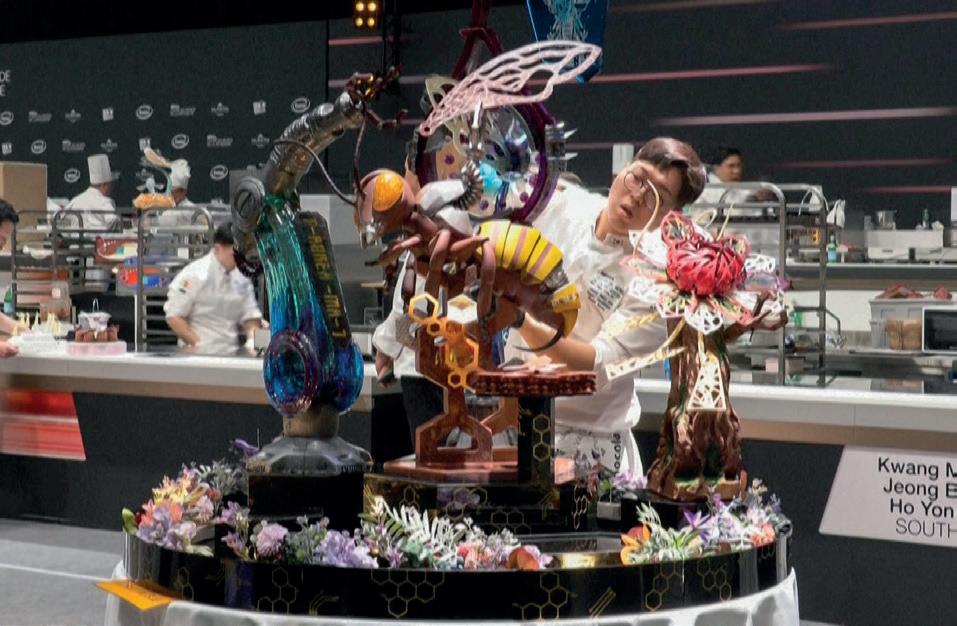
WHILE WATCHING

4 Watch the video. Choose the best summary. This video is about
a a famous dessert chef from Lyon. He always wins a competition to make desserts.
b the history of desserts and pastries in France. It shows a famous competition to make desserts.
5 Watch again and answer the questions.
1 What two things do French patisseries sell?
2 French desserts are delicious. What’s another reason they’re famous?
3 Where do chefs come from for the Lyon competition?
4 How many days do teams have to make their desserts?
5 What do judges want to see in a competition dessert?
6 Complete the sentences with a word from the box. beautiful different important popular
1 Patisseries are a(n) part of life in France.
2 The Lyon competition is with both chefs and fans.
3 Teams of chefs have to show they can make kinds of desserts.
4 In the competition, desserts need to be delicious and to look at.
DISCUSSION
7 Work with a partner and answer the questions.
1 How important are sweet foods in your country?
2 Is special sweet food served at certain times of the year?
3 Are there any food competitions in your country? Why / Why not?
USING YOUR KNOWLEDGE
READING
READING 1
PREPARING TO READ
1 Ask and answer the questions with a partner.
1 What foods are popular all over the world?
2 Why do you think those foods are popular?
3 What are your favourite foods? Why?
2 You are going to read an article about tea. Read the sentences (1–7). Write the words in bold next to the correct definitions (a–g).
1 I enjoy a cup of tea in the afternoon. I add honey to make it sweet.
2 I can play many different sports. I like football, basketball and tennis.
3 My father prepares our family’s dinner at the weekends. He really likes cooking.
4 We buy our bread at a bakery. I enjoy it with butter and jam.
5 I have the same colour eyes as my mother. They are dark grey.
6 There are five main types of food: grains, meats, fruits, vegetables and dairy.
7 When it is hot outside, it is good to have water or other drinks.
a (n) a basic food made from flour, water and salt mixed together and baked
b (adj) like something else
c (adj) not the same
d (n) a group of things which are like each other
e (n) a sweet and sticky food made by bees
f (n) liquids that you can put in your mouth and swallow, like water or juice
g (v) to make something
BY A. CAPPER
Tea: a world history
INTRODUCTION: THE WORLD IN A TEACUP
1 Tea is tasty and good for you. It is also one of the most popular drinks around the world. But what is tea? And why is it so popular?
2 All tea comes from tea leaves, but tea is not always the same There are many kinds of tea. You can drink black tea, green tea, white tea or fruit tea. Each type of tea has a different taste and a different colour.
3 The history of tea begins in Asia. In China, Korea and Japan, tea is still very important today. In Japan, it can take many hours to prepare and drink tea with your guests. In Malaysia, a popular drink at breakfast is teh tarik (‘pulled tea’). Malaysians say it is good for you and tastes good with roti canai – a kind of bread.
4 Tourists in Kuala Lumpur like watching the tea sellers make ‘pulled tea’. The tea sellers pour hot water on black tea. After five minutes, they add sugar and milk. Then they ‘pull’ the tea – they pour the tea from one cup to another many times.
5 In many countries you must have a special kettle1 to make tea. People in different countries also like to add different things to their tea. For example, people in Türkiye use a çaydanlık to make black tea. A çaydanlık has two kettles: one for water and one for the tea. Many Turkish people drink tea in a glass with some sugar.
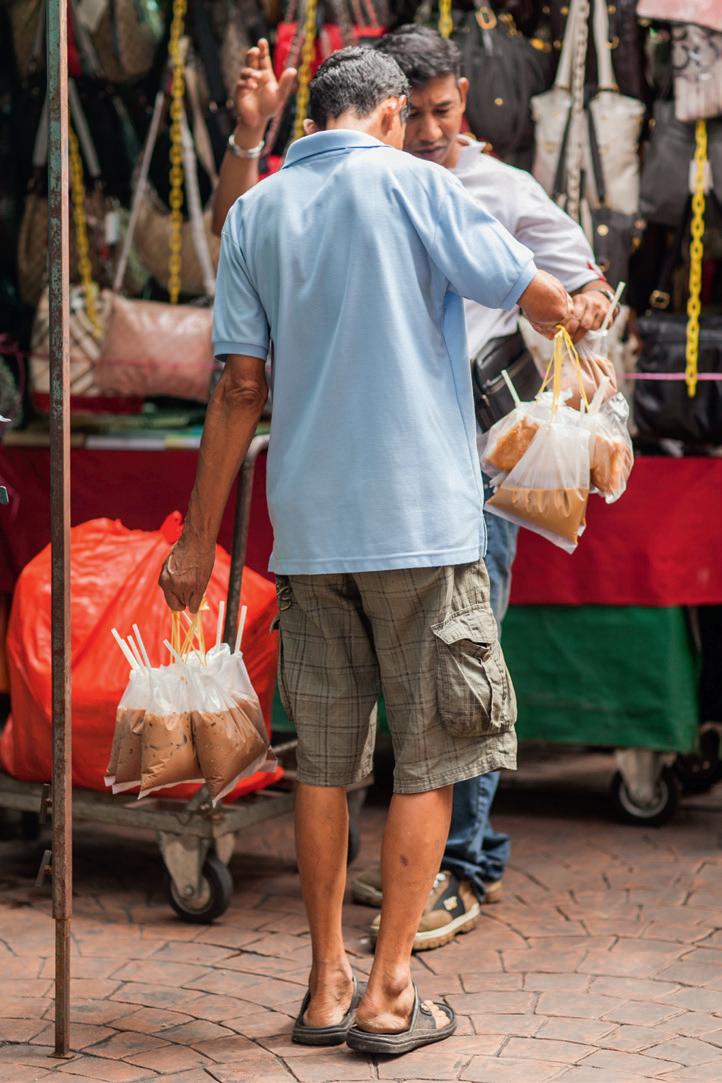

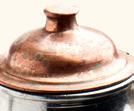









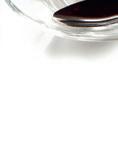

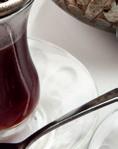

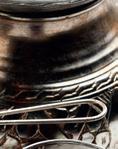


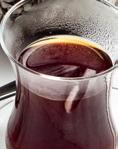

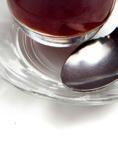
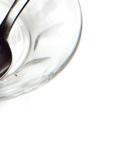
6 Karak is a tea that is popular in Arab countries. It is made with cardamon, ginger, milk and sugar. In the United Kingdom, people usually add some milk and sugar. They eat biscuits with their tea. In the United States, tea is popular with honey.


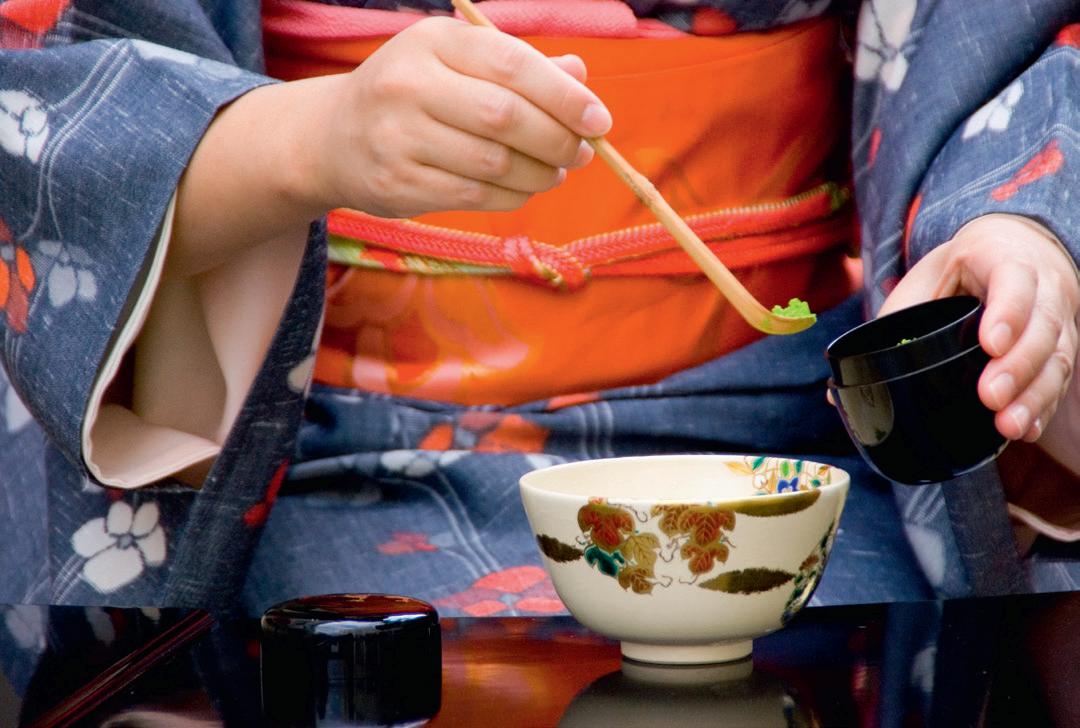
7 In Japan, there is a special ceremony3 for drinking tea. Japanese people have a tea ceremony when people come to visit. They use green tea and they like drinking the tea in a special room. The room is often near a garden. There is usually some sweet food to eat. The ceremony takes more than an hour.
3ceremony (n) a formal event that is performed on an important social occasion a Japanese tea ceremony
1kettle (n) a container with a lid and a handle for boiling water
2cardamom (n) a South Asian plant with seeds used as a spice
a tea seller prepares tea in Kuala Lumpur a Turkish çaydanlık set
WHILE READING
Skimming

If you look for the main topic and idea of a text, you are skimming. When you skim, do not read every word. Read quickly to get an understanding of the most important information in the text. You can read the first and last sentence in each paragraph. Also read the words that are bold
SKIMMING

3 Write the paragraph number (1–7) from the text next to the correct main idea (a–e). You will not use all the paragraphs.
a People drink tea in many different ways.
b The history of tea started in Asia.
c There are different kinds of tea made from tea leaves.
d In Kuala Lumpur, pulled tea is special.
e Tea is very popular.
READING FOR MAIN IDEAS
4 Read the text again. Write T (true) or F (false) next to the statements. Correct the false statements.
1 Different kinds of tea have different colours.
2 Tea is popular in China and Japan, but not in Korea and Malaysia.
3 Pulled tea has sugar and milk.
4 In Türkiye, people drink tea from a çaydanlık.
5 In the United Kingdom, people like biscuits with their tea.
























Taking notes

When you take notes, you write down the important information from the text. You do not need to write complete sentences. You can use a table to organize your ideas.
5 Write information from the text in the table.

country How is the tea prepared? What do people eat with it?
Malaysia • Pour hot water on black tea. • After five minutes, add sugar and milk.
• Then ‘pull’ tea. Pour tea one cup to another many times. • Eat roti canai with it.
Türkiye
United Kingdom
Japan
6 Work in pairs and use your notes. Write the names of the correct countries from the text in the gaps.
1 People in drink teh tarik.
2 In , people have a special tea ceremony.
3 People prepare tea with two kettles in .
POST-READING DISCUSSION
7 Work with a partner and answer the questions.
1 How do people drink tea in your country? (With sugar? With milk?)
2 How often do they drink tea? (three cups a day / once a day)
3 What is more popular in your country – tea or coffee? Why?
WRITING
8 Write about tea and coffee drinking in your country. Use the ideas from your discussion and the table in Exercise 5 and the ideas below to help you.
In my country, people drink more tea/coffee than coffee/tea.
People drink (number) cup(s) of tea/coffee …
They (often/sometimes) drink tea/coffee with …
UNDERSTANDING KEY VOCABULARY
READING 2
PREPARING TO READ
1 Check the meaning of the words in the box. cereal dish fish meal meat milk rice served with vegetables
2 Work in pairs. Take turns to talk about the food in each photo. Use the words in the box from Exercise 1 to talk about this food in your country.
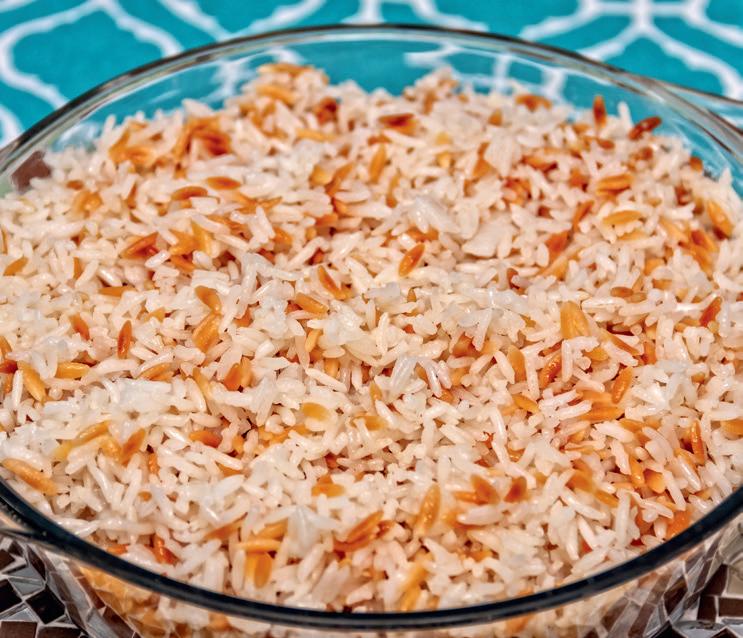
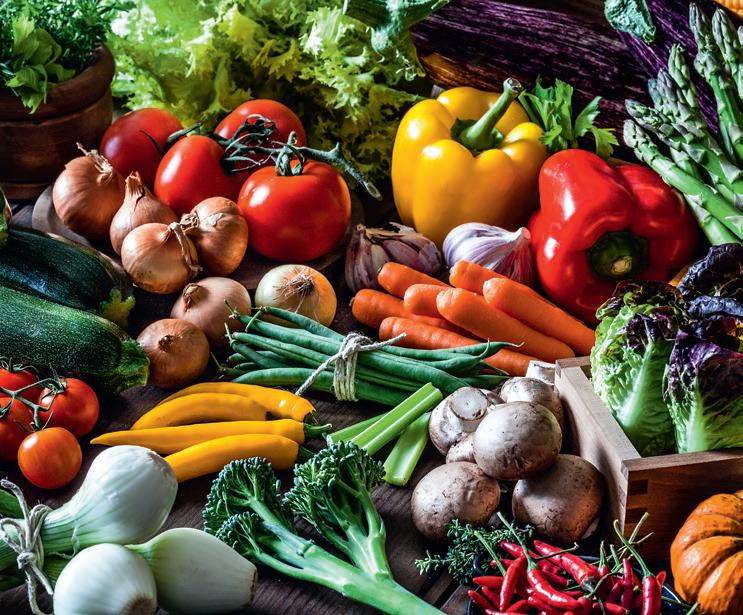
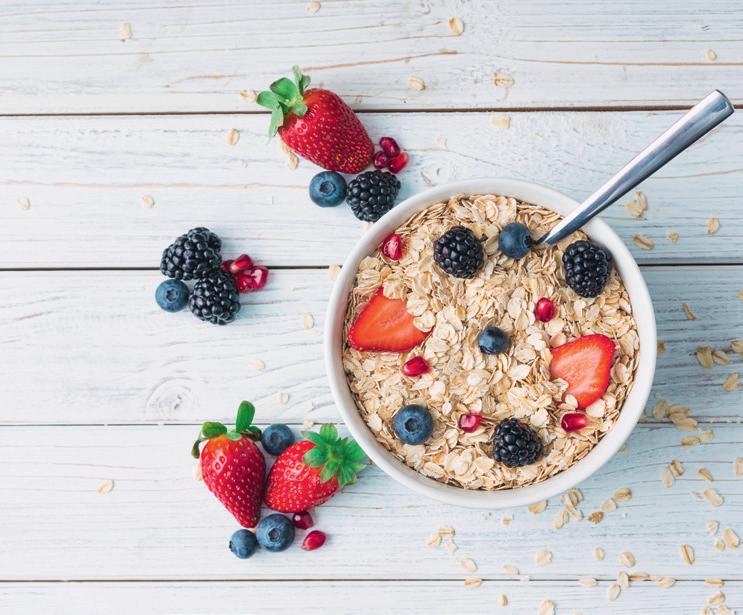
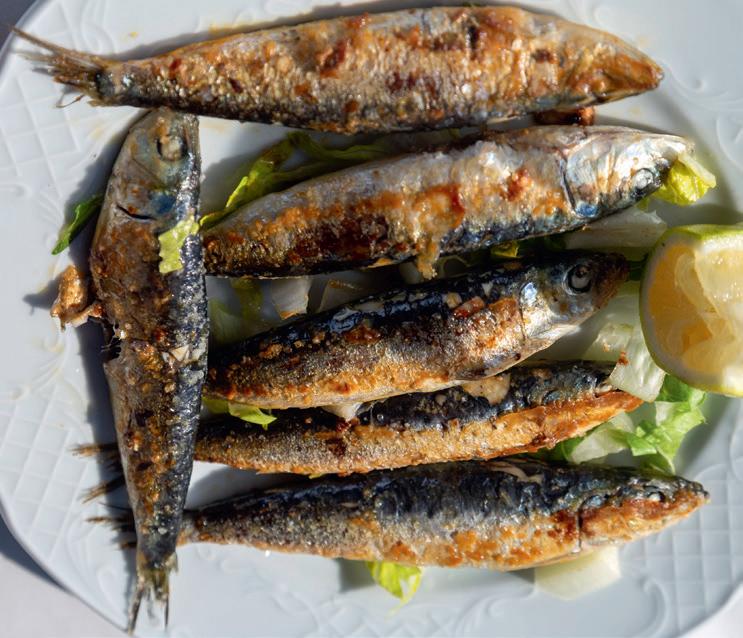
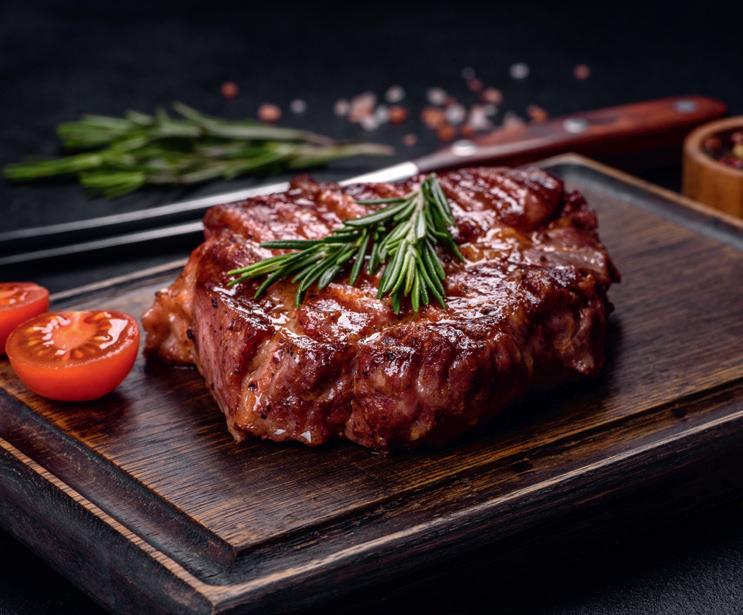
In photo a, I see some rice. In my country, rice is very popular. People eat rice with meat and vegetables.
WHILE READING
3 Scan the social media posts. Do not read every word. Tick (✔) the THREE cuisines that are mentioned.
French cuisine Australian cuisine Mexican cuisine
Arab cuisine Korean cuisine
melbournestudentguide
Arab cuisine
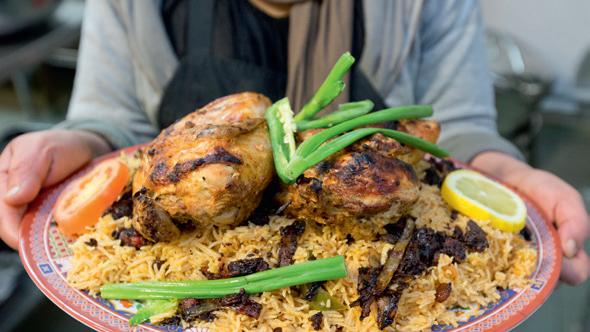
322 Likes Comments Share
At an Arab restaurant, you can find delicious meat . Two popular are shawarma and kabsa Shawarma is a savoury meat . The meat is served in pita bread with vegetables Kabsa is a popular meal in many Arab countries and it is very popular in Saudi Arabia. Kabsa is a with rice, meat and vegetables. There are many different ways to prepare kabsa It can be served with onions, chillies and other spices. If you like meat , you will enjoy your meal at an Arab restaurant.
Cambodian cuisine
melbournestudentguide
Australian cuisine

298 Likes Comments Share
If you are in Australia, you must try a crocodile or kangaroo ! Many Australian restaurants serve crocodile curry. Crocodile meat is tasty and very good for you. (It is better that you eat crocodile than a crocodile eats you!) Kangaroo meat is also good for you. Kangaroo burgers are served on a type of bread. Australian restaurants also serve great fish and many other .
#crocodilecurry #eatcrococdilemeat #delicious #tryaustraliancuisine
SCANNING TO FIND INFORMATION
melbournestudentguide
Cambodian cuisine
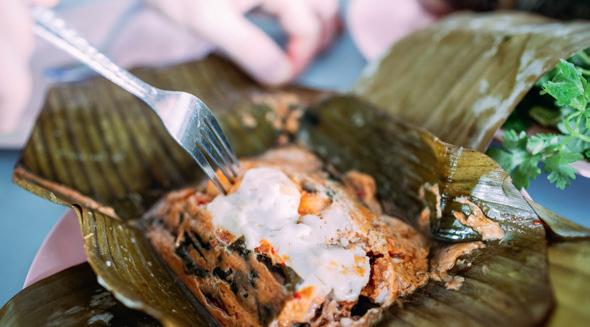
401 Likes Comments Share
At a Cambodian restaurant, there are many types of . Cambodians like fish with rice. Cambodian are served with a lot of vegetables. They are very popular in Cambodian cuisine. One famous is amok trey. Cambodians prepare amok trey with fish, nuts, coconut milk and egg. There are many tasty , but this is one of the best. #amoktrey #cambodianfood #fish #rice #tasty #trycambodiancuisine #cambodianfood #bestfoodinmelbourne #worldcuisines
In addition to the many flavourful meat , you can get many delicious vegetable .
#kabsa #tryarabcuisine
#arabfoodinmelbourne

nancy_loves_food
It looks delicious!
I food from Arab countries.
ali.the.foodie


jasons_cooking
What? I’m not sure it’s for me . How do you cook it?
fishhh.55


I want to try it. How do you cook it?


arun_266
I make it with coconut milk and nuts. It’s delicious .



My mom is from Lebanon. She makes the best kabsa, but she puts too many chillies and onions in it so my friends can’t eat it !



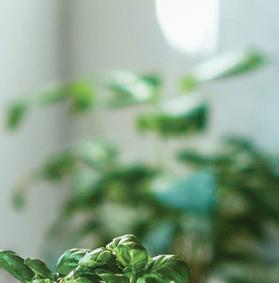




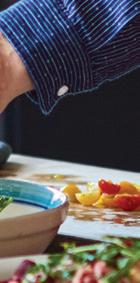








4 Read the social media posts again. ONE word is missing in all three posts. Can you guess the word?
5 Choose one post from Exercise 3. Take notes about the cuisine in your post. Use these headings.
Name of dish(es): Served with:
6 Using only your notes from Exercise 5, write a paragraph about your chosen cuisine. Do not look at the post text as you write.
7 Work in pairs, each student with a paragraph about a different cuisine. Exchange your paragraphs. Then check them against the text in Exercise 3. Correct any spelling mistakes.
POST-READING
DISCUSSION
8 Work with a partner and answer the questions.
1 What dishes do you want to try from Reading 2? Why?
2 Describe your favourite meal.
3 How popular is food from your country around the world?
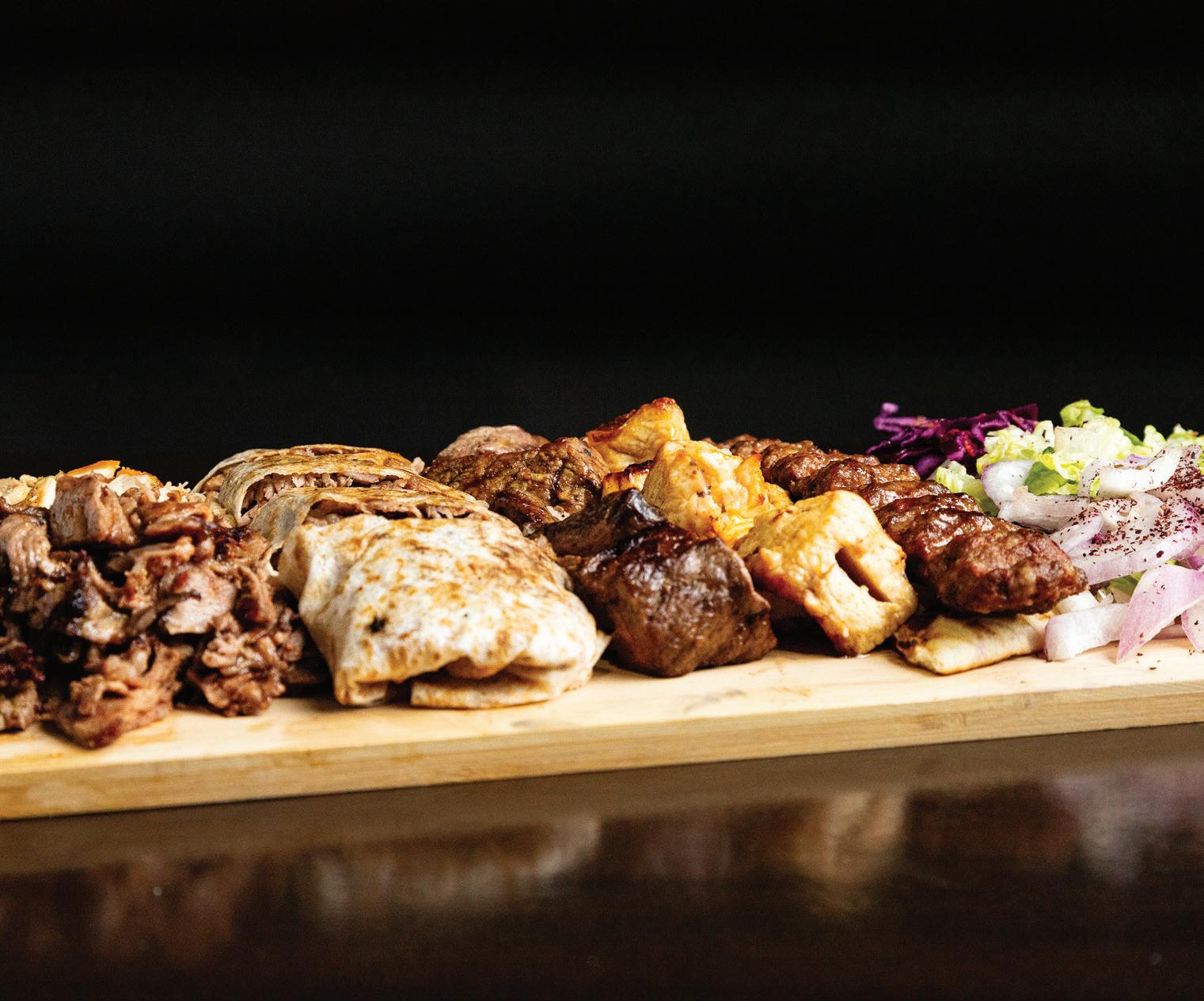
LANGUAGE DEVELOPMENT
VOCABULARY FOR FOOD AND DRINK
1 Write the words from the box under the correct photos. Use the glossary on page 200 to help you.

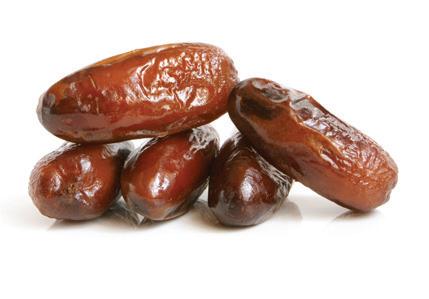



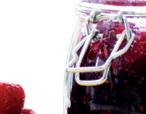
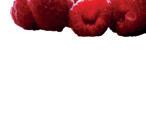
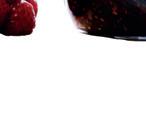

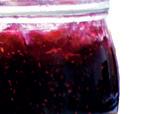
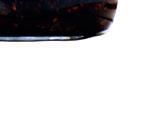
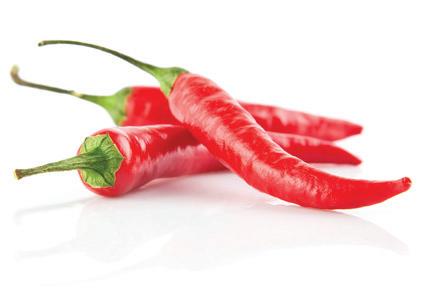


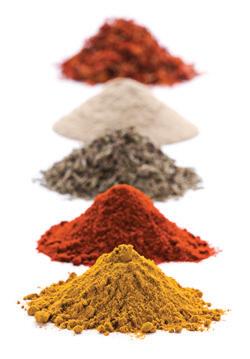

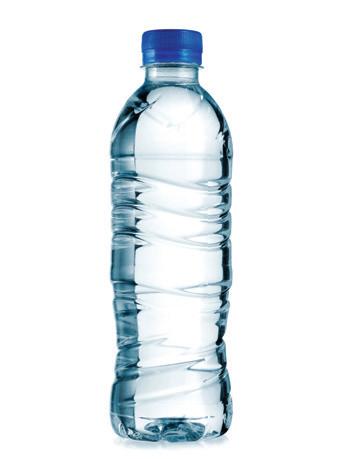

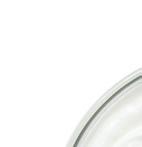
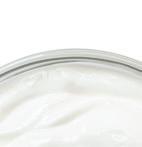

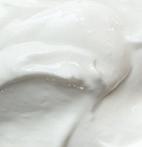



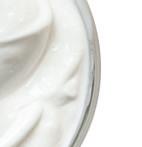
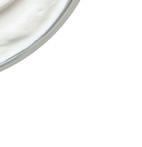
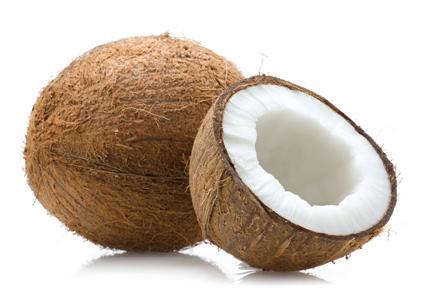
2 Work with a partner. Write the names of food next to each description. Use your own ideas and look at the pictures from Exercise 2 on page 154, Reading 2 on page 156 and Exercise 1 on page 157 to help you. Add one or two more foods or drinks that you know about for each category.
description food sweet savoury good for you popular in your country
3 Look at the foods you have listed. Work with a partner and answer the questions.
1 What kinds of foods and drinks do you like?
2 What do you usually serve them with?
COUNTABLE AND UNCOUNTABLE NOUNS

Countable nouns name things you can count, such as vegetables, drinks and meals. They can have a singular or a plural form and a singular or a plural verb.
singular plural
One vegetable is cabbage. Vegetables are served in pita bread. A popular dish is shawarma. Two popular dishes are shawarma and kabsa.
Uncountable nouns are words for things that you cannot count, like meat, rice and honey. They always use a singular verb. They do not have a plural form or a plural verb. Meat is good for you. Meats are good for you Rice is served with many dishes. Rices are served with many dishes


4 Look back at Exercise 1 on page 157. Write C (countable) or U (uncountable) next to the words and photos.
5 Find six mistakes in the text.
For breakfast I usually have bread with honeys and a cup of tea. At about 10:00 am I have a cup of coffee and two biscuit. At lunch I eat rices and vegetables and drink waters. In the afternoon I like almonds or date for a snack. The dinner I like most is fishes and vegetables with yoghurt for dessert.
6 With your partner, talk about the food you eat each day.
CAN AND CANNOT

can + infinitive = an action is possible. cannot + infinitive = an action is not possible. You can get many delicious vegetable dishes. The dishes can be spicy. I cannot eat spicy food. I do not feel well afterwards. The singular and plural forms of can / cannot are the same. I can, they can, etc.
7 Choose the correct form of the verb in sentences 1–5.
1 A meat dish can has / have vegetables.
2 You cannot taste / tasting the chillies in this dish.
3 British tea cans / can have milk or sugar.
4 Some people cannot eat / to eat almonds.
5 Chillies can is / be very spicy.
8 Write sentences about what people in your family can and cannot eat or drink. Show your sentences to your partner. There are two examples for you below.
My mother cannot eat chillies. She doesn’t like spicy food. My sister can drink eight cups of tea every day. She loves it.

WRITING
CRITICAL THINKING
At the end of this unit, you are going to write about food. Look at this unit’s writing task in the box below. Write about popular food in your country.


Generating ideas
Thinking about what you want to say or write can sometimes be difficult. When you want to generate ideas, you can use an ideas map. You can think of ideas on your own or in a group. To make an ideas map, you can identify supporting information for a main topic. Look at the ideas map below.


1 Work with a partner. Write words to describe the dish in the ideas map. Explain what it is made of, tastes like and is served with. Look at Reading 2 on page 155 to help you.
UNDERSTAND made with served with
2 Work in small groups. List popular dishes from your country.

3 Choose two popular dishes from Exercise 2. Write the name of the dish in the middle of each ideas map. Say what each dish is made of, what it is served with, and how it tastes.
REMEMBER
GRAMMAR FOR WRITING
SUBJECT–VERB AGREEMENT

The verb in a sentence agrees with the subject. a singular verb form with a singular subject.
subject verb This yoghurt is tasty.
subject verb It is a popular dish.
subject verb Vietnamese cuisine uses coconut milk. a plural verb form with a plural subject.
subject verb The almonds are tasty.
subject verb They are popular dishes

subject verb Many dishes use coconut milk.
Remember: Uncountable nouns must have a singular verb form.

1 Circle the correct verb forms.

1 Turkish people love / loves eating small dishes called meze
2 Greek food use / uses a lot of vegetables.
3 Italian people eat / eats a lot of pasta.
4 Two popular Mexican foods is / are tacos and enchiladas.
2 Put the verbs in the box in sentences 1–4. Use the correct form of the verb.
be have like use
1 Many people around the world Chinese food.
2 Cambodian food salty fish sauce a lot.
3 Onion soup a popular food in France.
4 Swedish cuisine a lot of different breads.
3 Use the verbs, the phrases and your own ideas. In pairs, write three sentences about food.
Examples:
Pasta is a popular food in my country. Mexican food uses a lot of chillies.
verbs: be eat have like use phrases: served with … many people in (country) … (nationality) cuisine … a popular food … not many people …
DETERMINERS: A , AN AND SOME

A, an and some are words that come before nouns. They are called determiners. Determiners are words before a noun, such as articles (a, an, the and ‘the zero article’) and other words, such as some.
Write articles before a noun or noun phrase.
Use the articles a or an before a singular countable noun. Use a before a consonant sound. Use an before a vowel sound.
A famous dish from Italy is risotto Amoktrey is a popular Cambodian dish. Jambalaya is an American dish. An apple is served with this dish.
Do not use a / an before an uncountable noun.
Add a honey to the dish. English people drink tea with a milk
Add honey to the dish. English people drink tea with milk.
You can use some before:
• a plural countable noun (e.g. vegetables, drinks)
• an uncountable noun (e.g. milk, rice)

We use some when we are not sure of how much/many.
Some biscuits are served with the coffee. Chefs prepare the dish with some vegetables.
Some means ‘a (small) part of’ before an uncountable noun.
Add some honey to the dish. English people drink tea with some milk

4 Choose the correct determiner in sentences 1–4.
1 At an / some Arab restaurant, there are many delicious meat dishes.
2 Curry is usually served with some / a rice.
3 Some / A famous dish in New Orleans is jambalaya, made with meat, vegetables and rice.
4 Italian chefs add the / a carrot to pasta sauces.

5 Use the notes to write sentences in your notebooks.
Example: there / chicken and / vegetables / Japanese teriyaki chicken
There is chicken and some vegetables in Japanese teriyaki chicken.
1 there / vegetables / Korean kimchi
2 chicken soup / popular dish / Latin America
3 there / meat and rice / Spanish paella.
ACADEMIC WRITING SKILLS
ERROR CORRECTION

Some teachers use correction codes for errors. Look at the examples below.
[G] = grammar Honey are sweet. ➞ Honey is sweet. [MW] = missing word I drink tea sugar. ➞ I drink tea with sugar.
[P] = punctuation I like almonds ➞ I like almonds. [SP] = spelling mistake They are delicus. ➞ They are delicious [CL] = capital letter It is an arab dish. ➞ It is an Arab dish.
[C] = content (is the information correct?)
Amok trey is from France. ➞ Amok trey is from Cambodia [WP] = wrong preposition They are served for bread. ➞ They are served with bread.


1 Look at a student’s paragraph marked with correction codes. Correct the mistakes.
My favourite cusine [SP] 1 is Mexican food. The dishes [MW] 2 served with rice and beans. They are also served of [WP] 3 chips and salsa. Salsa is made with tomatoes and other vegetables. It can is [G] 4 spicy. I drink mexican [CL] 5 coffee after my meal. It has cinnamon in it [P] 6 I like all the dishes in this cuisine.
CONCLUDING SENTENCES

A concluding sentence ends a paragraph. Often it repeats the main idea of the paragraph using different words.
topic sentence + supporting sentences
All tea comes from tea leaves, but tea is not always the same. There are many types of tea. You can drink black tea, green tea, white tea or fruit tea. concluding sentence
Each type of tea has a different taste and a different colour.
In the example above, the last sentence is the concluding sentence. It repeats the main idea that tea is not always the same.


2 Read the first sentence of the paragraphs. Then tick (✔) the concluding sentence.
1 At a Cambodian restaurant, there are many types of dishes. One famous dish is amok trey. Cambodians prepare amok trey with fish, nuts, coconut milk and egg. There are many tasty dishes, but this is one of the best. The coconut milk makes it sweet.
2 At an Arab restaurant, you can find delicious meat dishes. Shawarma is a savoury meat dish.
Kabsa is a dish with rice, meat and vegetables. If you like meat dishes, you will enjoy your meal at an Arab restaurant.
Kabsa is a popular meal in many Arab countries and it is very popular in Saudi Arabia.
3 Read the paragraphs. Then write a concluding sentence.
1 France is known for its great bakeries. You can get delicious bread, biscuits and other sweet food at these shops. The French are also known for their tasty cheeses. A popular meal is bread and cheese.
2 Brazilian restaurants serve delicious meat dishes. The meat is cooked over a fire and salted. You eat it with vegetables. You can find this savoury dish at most restaurants.
WRITING TASK
Write about popular food in your country.
PLAN
1 Look at the brainstorming notes you made in your ideas map in the Critical thinking section on page 161.
2 Think of any more information you would like to add to your ideas map.
3 Use your notes from the ideas map to plan three paragraphs. Use the three points below.
1 Say what dishes are popular in your country.
2 Describe the taste of the first dish. Describe what the dish is made of. Explain what the dish is served in or served with.
3 Describe the taste of the second dish. Describe what the dish is made of. Explain what the dish is served in or served with.
WRITE A FIRST DRAFT
4 Use your notes for each paragraph from Exercise 3 to help you write a first draft. There are also useful phrases below to help. Write a concluding sentence for each paragraph. Read the Task checklist as you write.
(nationality) people eat a lot of … In my country, two popular dishes are … (nationality) people love / like eating … It is a traditional dish … They cook / prepare … It is / They are made with … It has / They have a nice/strong/sweet/spicy taste … It is / They are served with
5 Use the Task checklist to review your paragraphs.
TASK CHECKLIST ✔
Write a paragraph about each dish.
Make sure subjects and verbs agree in your sentences.
Use the article a / an before a singular countable noun.
Use some before a plural countable or an uncountable noun.
End each paragraph with a concluding sentence.
6 Make any necessary changes to your paragraphs.
OBJECTIVES REVIEW
1 Check your learning objectives for this unit. Write 3, 2 or 1 for each objective.
3 = very well 2 = well 1 = not so well I can … watch and understand a video about an international baking competition. skim a text. take notes. generate ideas. use countable and uncountable nouns. use can and cannot use subject–verb agreement. use determiners a, an and some. understand error correction marks. write concluding sentences. write about popular food in my country.
2 Use the Unlock Digital Workbook for more practice with this unit’s learning objectives.
WORDLIST
almond (n) jam (n)

sauce (n) bread (n) make with (v phr) serve with (v phr)
chilli (n) meal (n) spice (n)
coconut (n) meat (n) taste (n), (v) date (n) milk (n) type (n) different (adj) onion (n) use (v)
dish (n) prepare (v) vegetable (n) drink (n) rice (n) water (n) fish (n) same (adj) yoghurt (n) honey (n)

= high-frequency words in the Cambridge Academic Corpus
DIGITAL WORKBOOK
